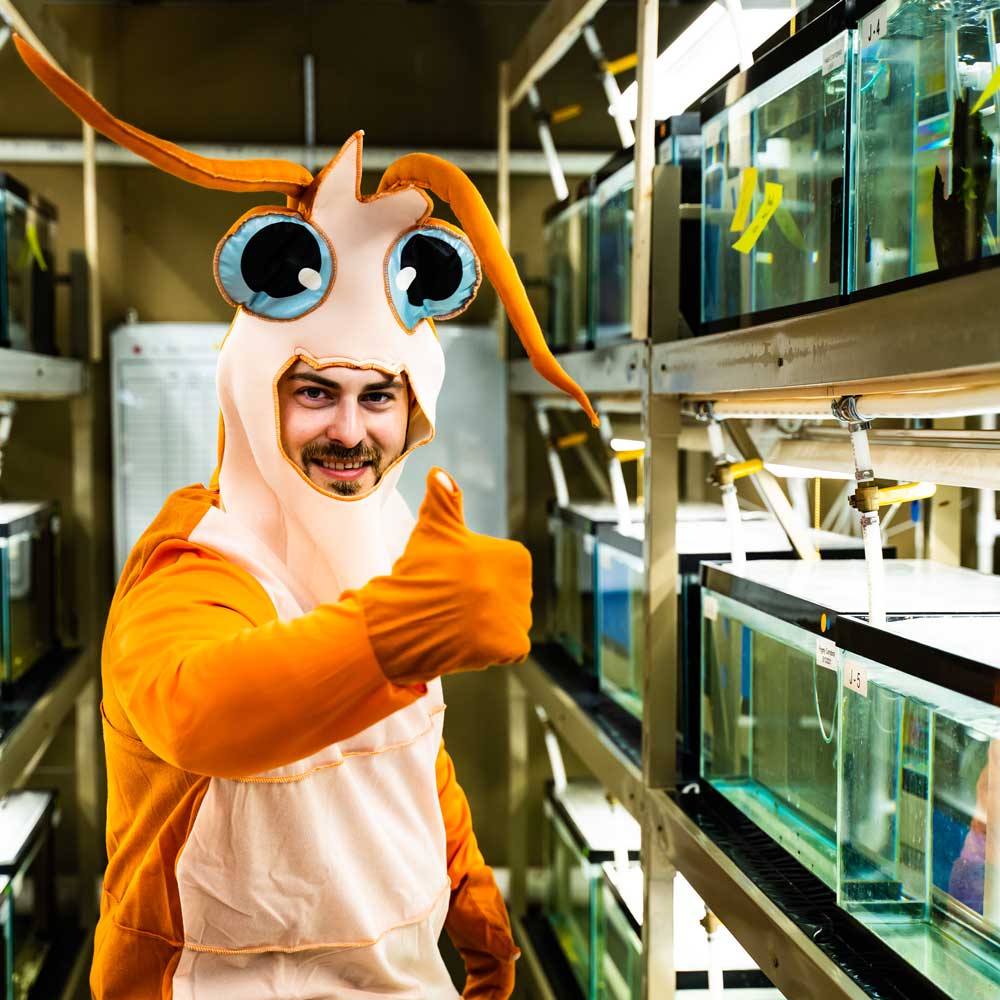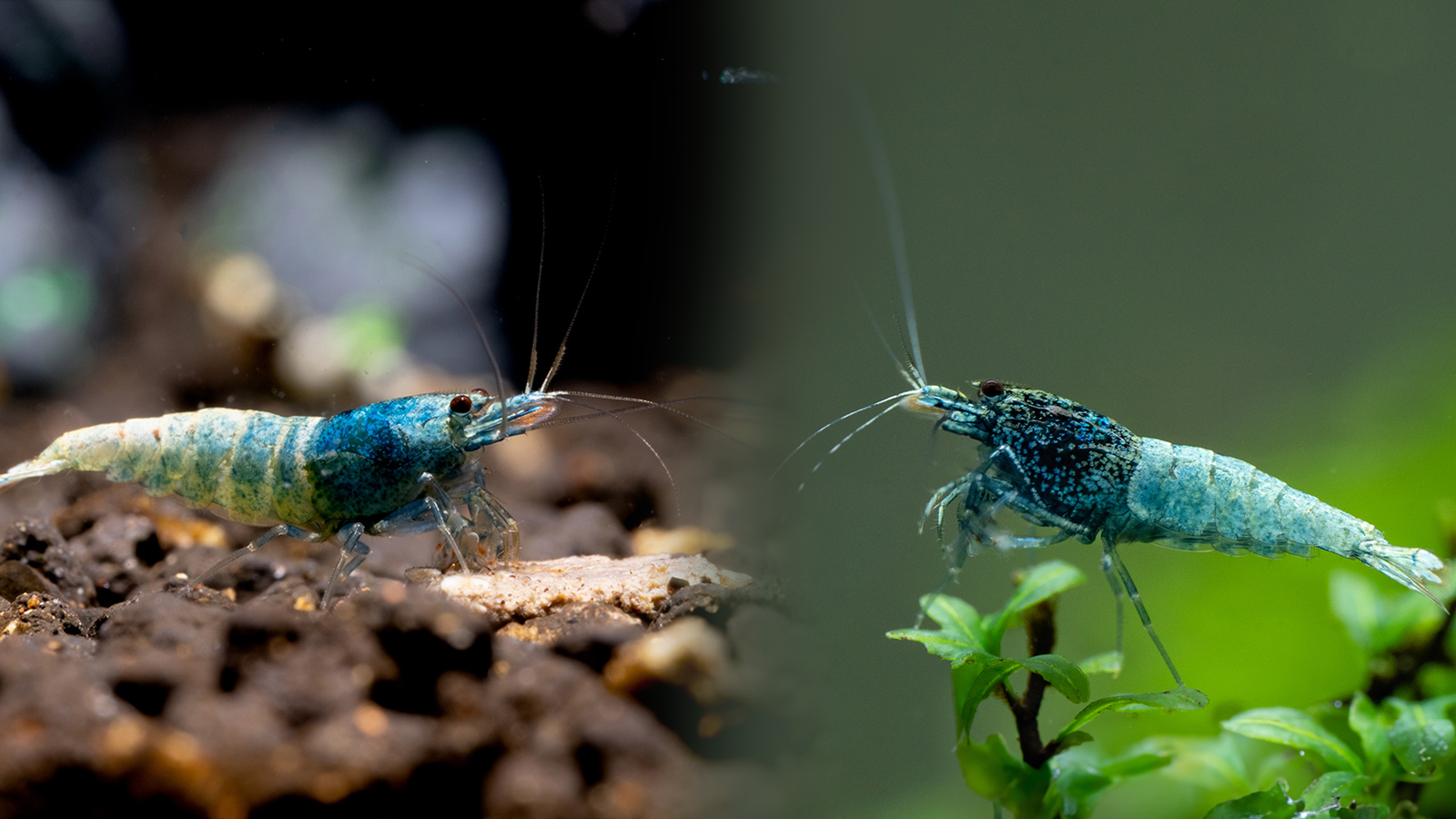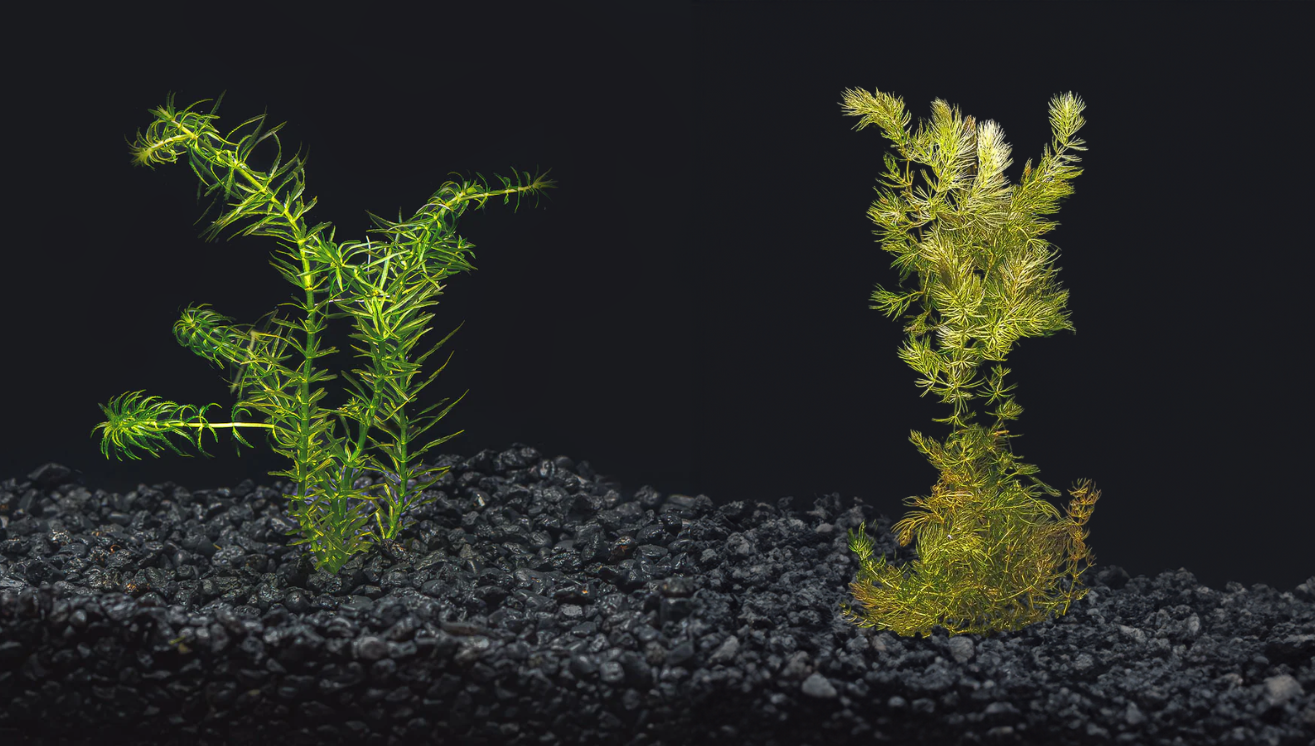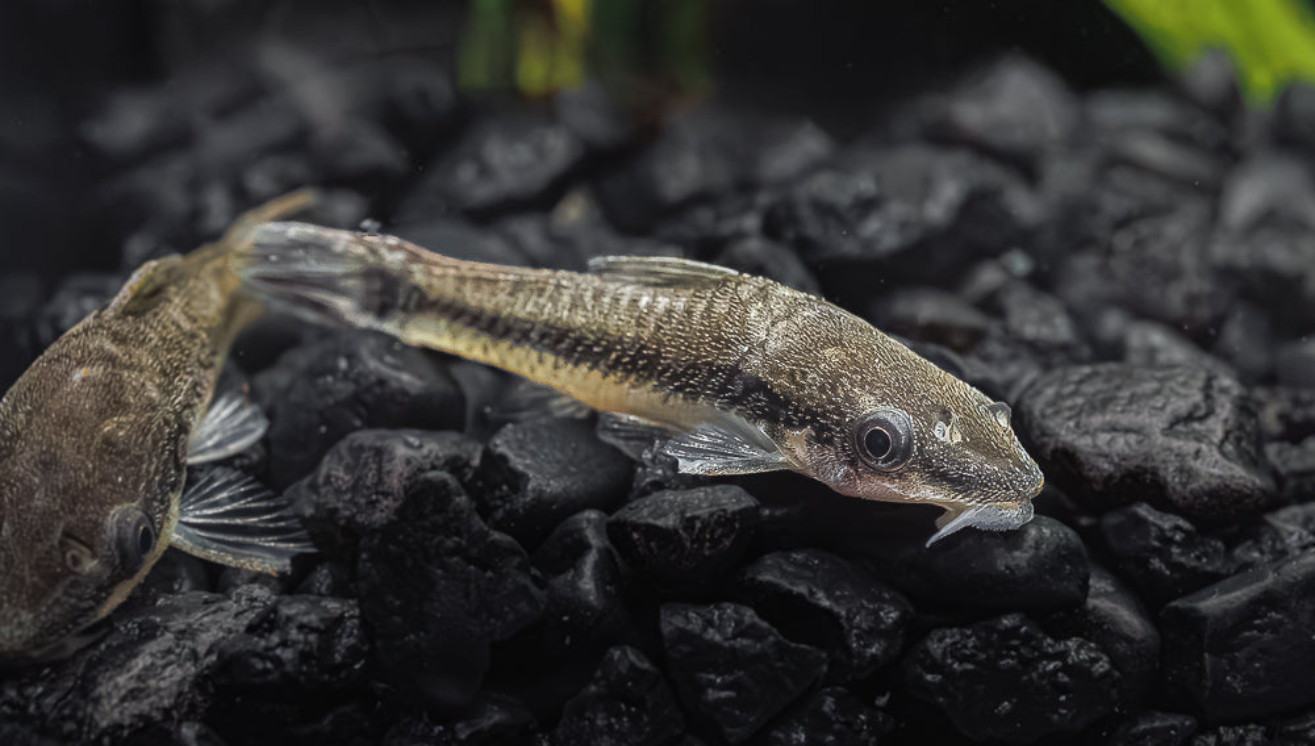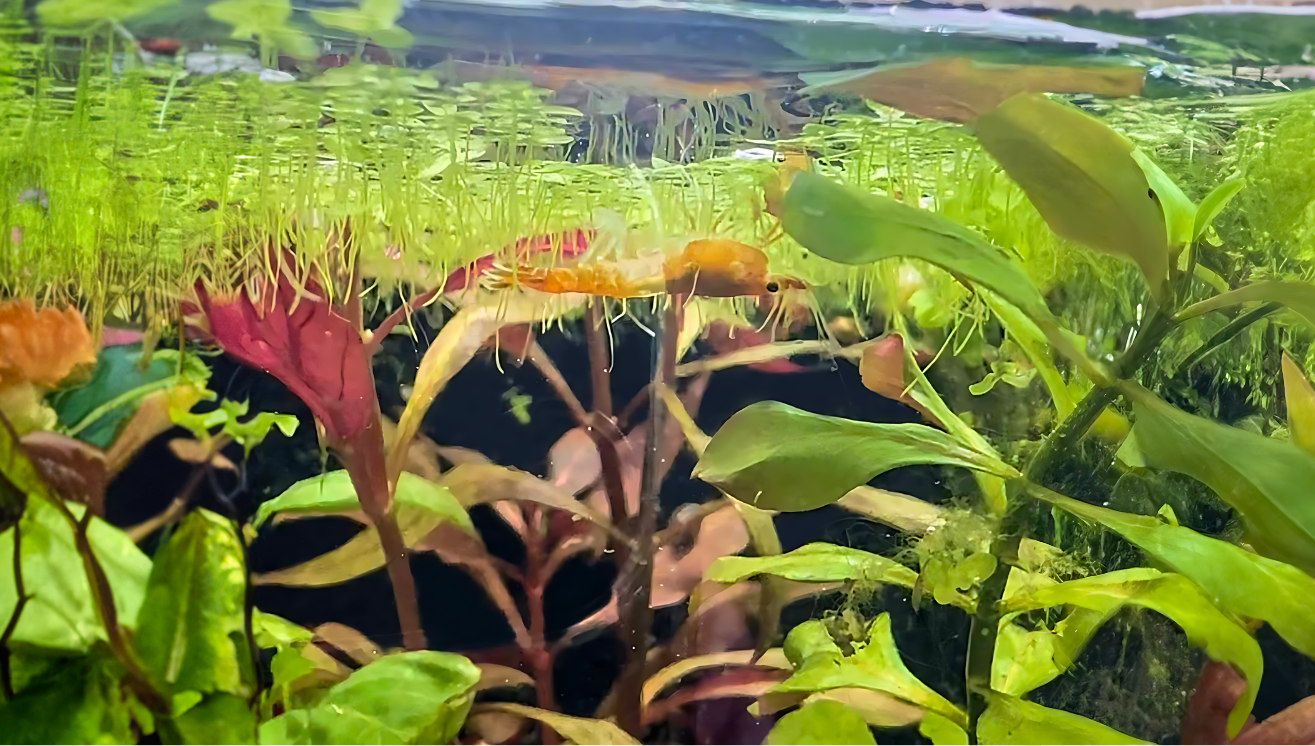Your Cart is Empty
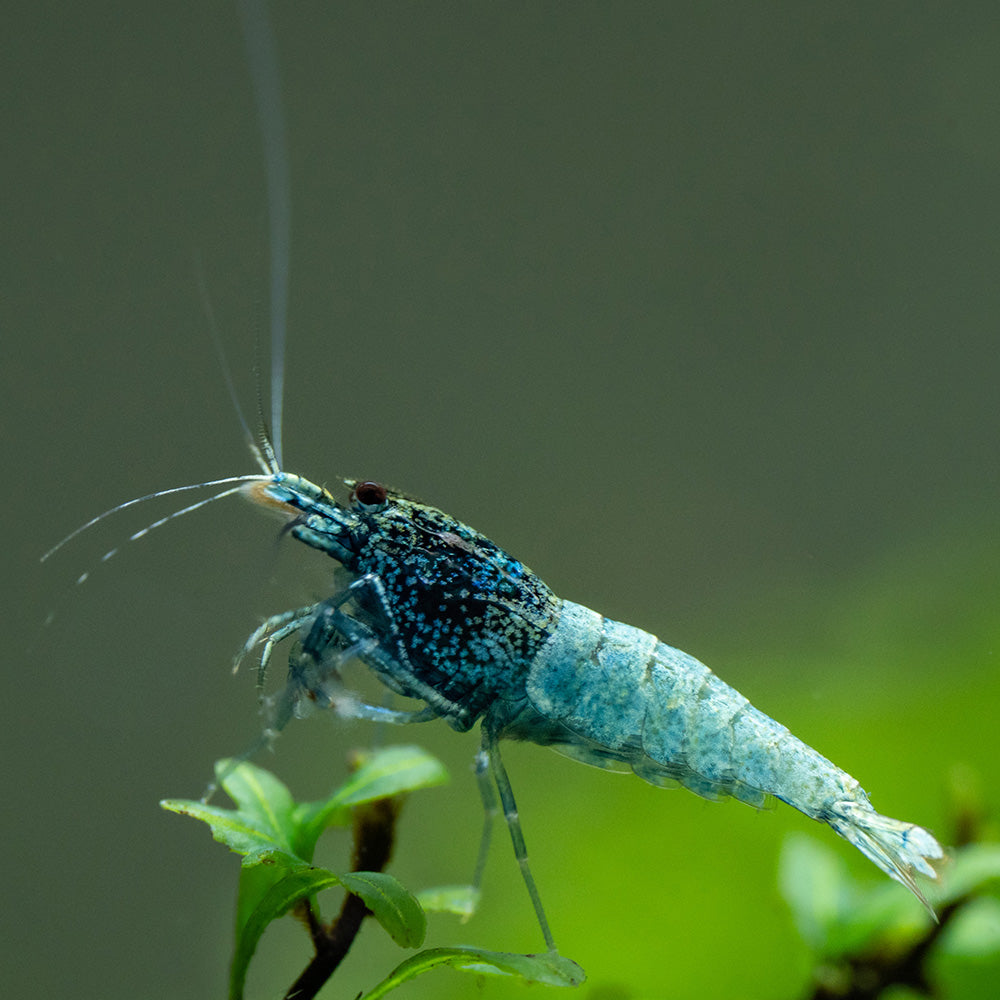
Blue Steel Shrimp
It’s all about genetics—Blue Steels are hybrids that closely resemble Blue Bolts but exhibit distinct features. They boast a slightly darker blue hue, typically showing a deep-blue head with white speckles transitioning to a white body and tail. They usually come from crossing a Tangerine Tiger with a Blue Bolt, and they tend to maintain their color more effectively than Blue Bolts.

Blue Bolt Shrimp
Blue Bolts are genetically pure Taiwan-bee shrimp. A regular-grade Blue Bolt typically has a mostly blue head, with the rest of the body and tail white or lightly tinted. Our premium “Deep Blue” variants show a rich, uniform blue with minimal white. Since all Taiwan-bee shrimp share the same genetic lines, you can safely keep Red King Kongs, Red Pandas, Black King Kongs, Black Pandas, and Blue Bolts together without unwanted hybridization.
In conclusion, both Blue Steels and Blue Bolts are captivating additions to your aquarium. Their stunning blue hues provide a vibrant contrast that’s sure to draw attention in any aquascape.


